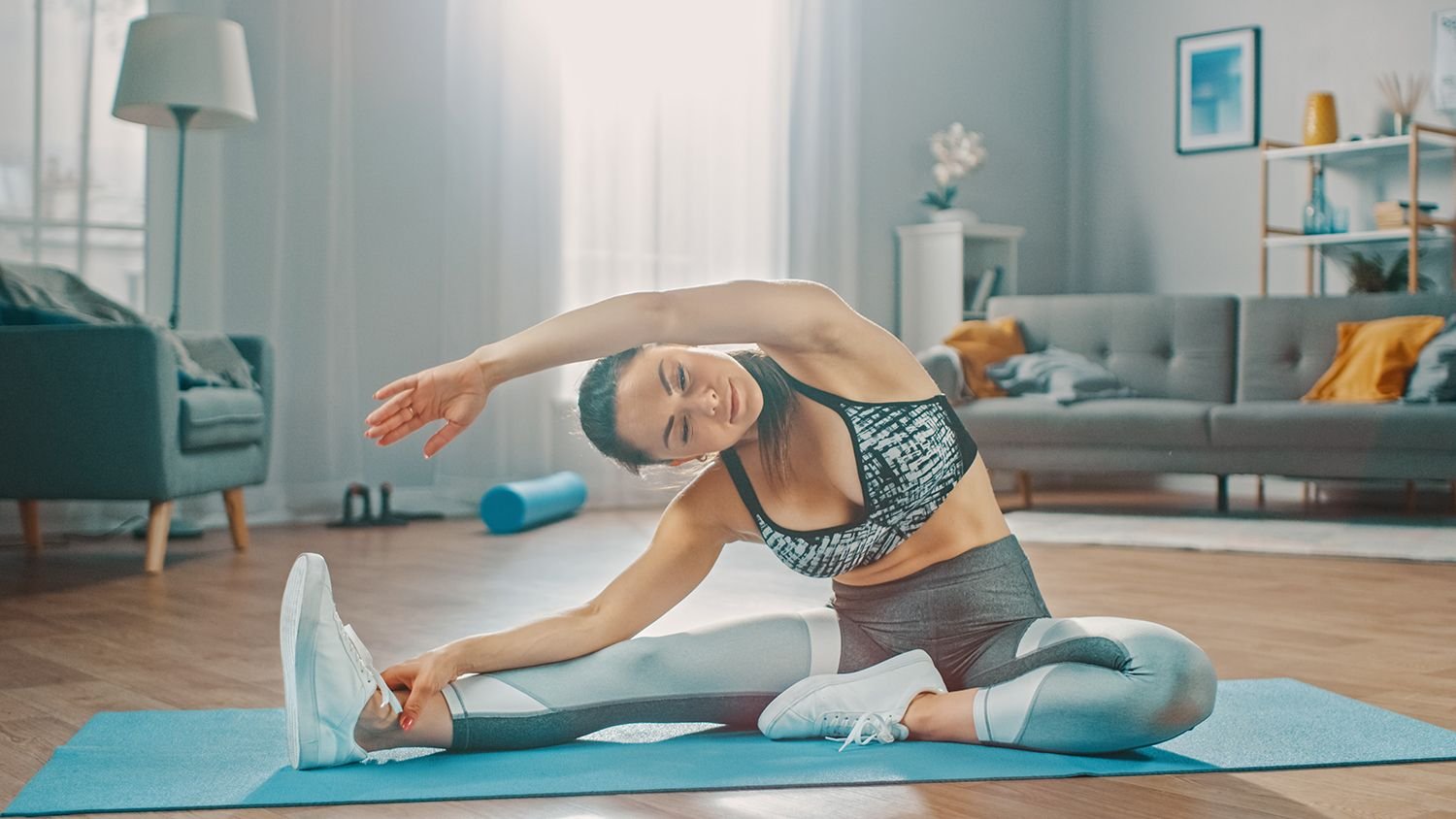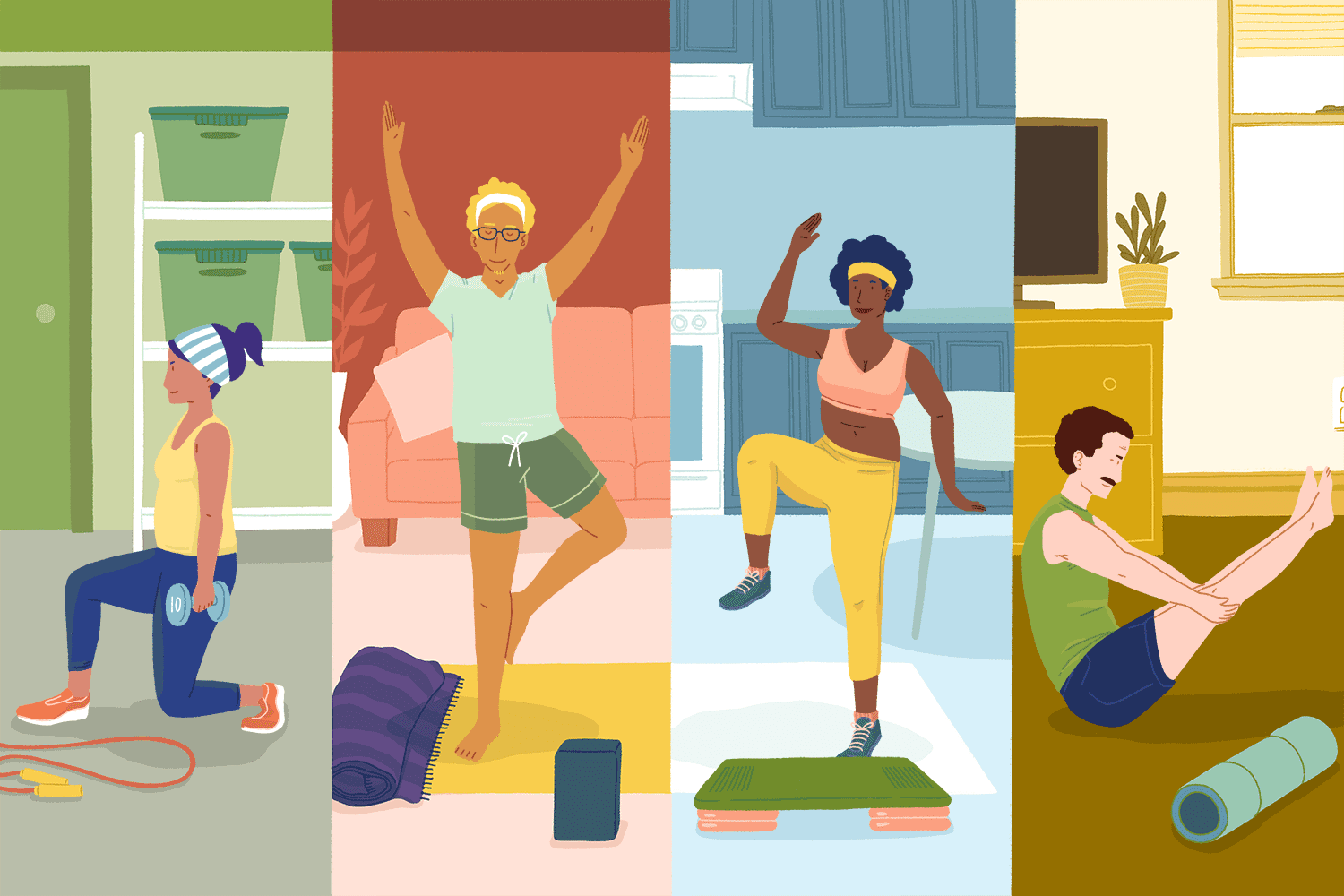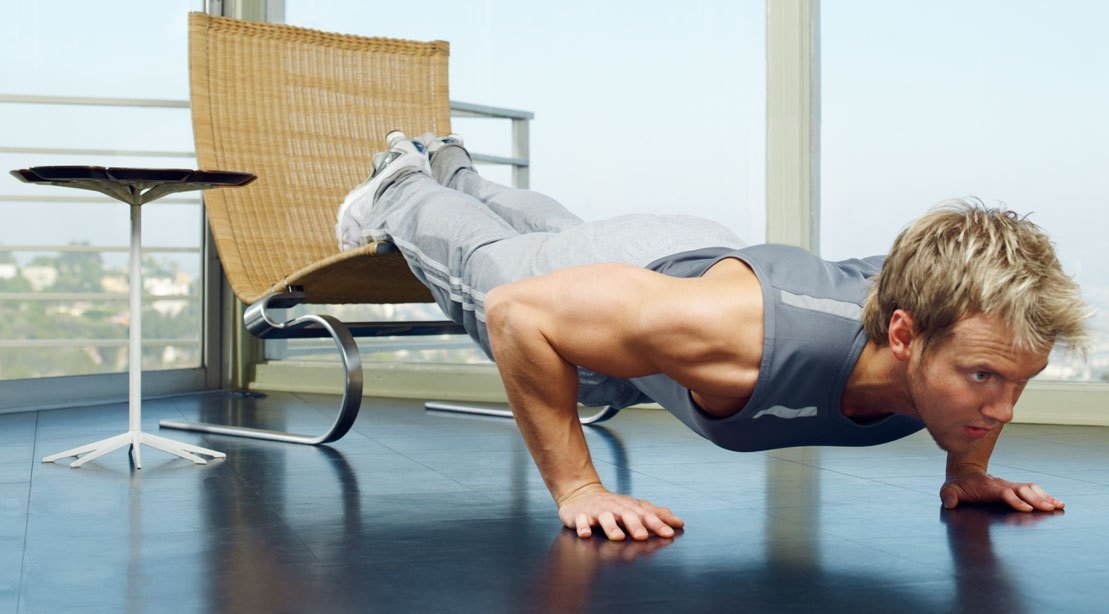Tips to consider when planning workouts at home for beginners

If the last time you did squats some squats was during a high school PE class, you don’t have to worry. All of us get to that point when you just want to lie on your couch and binge on Netflix. But still, taking care of yourself means doing some workouts at home.

Benefits of getting fit at home
Home workouts have a lot of pros, and the main ones are saving money and convenience. They even gained so much popularity due to the restrictions and quarantines. Yes, there’s no need to travel if your place is not a stone’s throw away from a gym or fitness studio. Aside from that, they’re so much customizable. You can choose routines to improve your stamina, boost your cardiovascular fitness, or refine your posture.

For newbies, you might want to read these tips on starting your workouts at home:
Ensure your safety first
When you’re working out in an exercise class or with a trainer, there may be someone watching you and correcting you. There’s someone who can tell if your form is off or you appear to be training in a potentially harmful way. At home, you’re on your own. To keep risks to a minimum, it’s best to watch instructional videos from qualified trainers.

Use a gadget to record your routine
Since you are working out alone, your phone might actually help you in this part. How? Consider setting up your phone to record you doing a few reps. It’s a smart way to check and improve your form from various angles. In this manner, you can evaluate and constantly improve your form.
Plan your exercise with the right amount of time and intensity
Don’t have any cardio equipment like a treadmill or stationary bike? Well, there is another option for that. You can train your body aerobically by performing various low-intensity exercises back to back with minimal rest. Do the exercise for a minute, rest for 30 seconds, and then do it again for up to 15 or 30 minutes. On really busy days, even short 7-10 minute workouts can provide health benefits, especially for beginners.
Rest for a day or two
Your body needs some time to recover so it’s not bad to rest for one or two days. You need to decide the amount of rest you can squeeze in. You may base it on how long and how intense your workouts are. The harder and longer your workouts, the more time you will need to recover between them. For your rest days, you can still do minimal movements like walking, yoga, or stretching. If you really feel exhausted, it can be a pure do-nothing day. No judgment here!
It takes time to see results from your work-outs at home. Just try to keep track of your progress from the start, so you can see how you improve day by day. Stay motivated!
Queenie Lasta got her bachelor's degree in Communications Research from UP Diliman. In her free time, she likes to read thriller novels, psychology books, and mangas. She believes in the importance of grit, hard work, and passion to become a great writer in the future.





